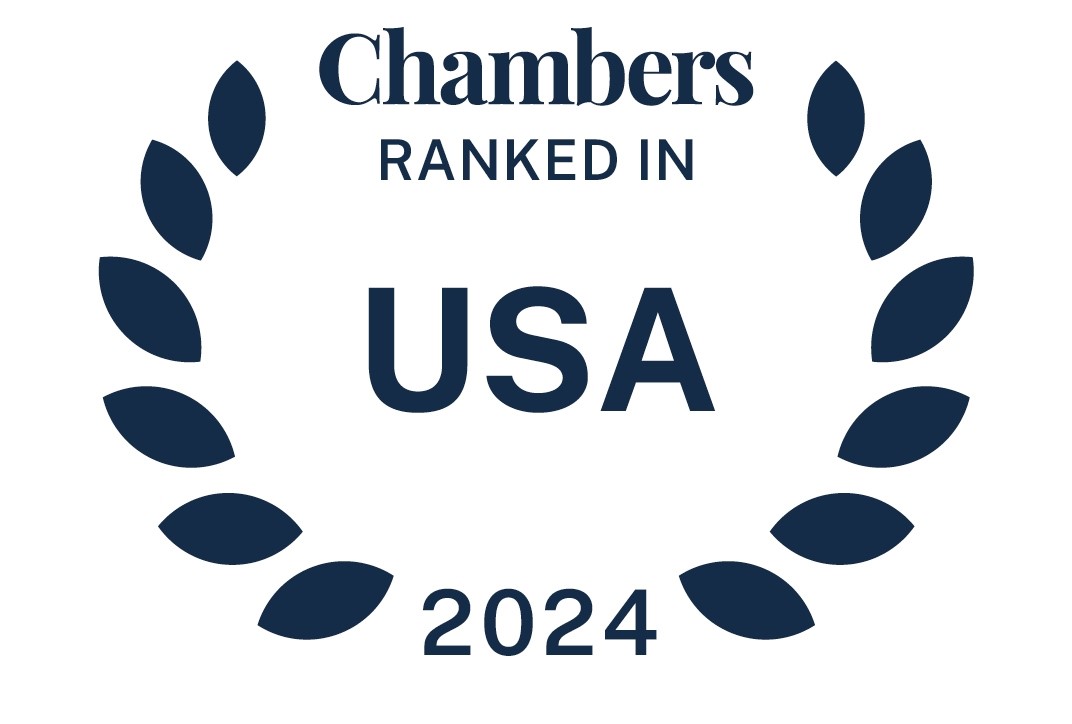Over the past two weeks, wildfires have caused substantial loss and damage to homes and communities in Los Angeles, California, and the surrounding areas. In the wake of such devastation, employers may seek opportunities to provide financial assistance to impacted employees. Fortunately, the Internal Revenue Service (IRS) has outlined various ways for employers to provide much-needed assistance to employees impacted by natural disasters like the wildfires, including tax-free qualified disaster relief payments, leave donation programs, and other tax-efficient options.
read more


 Subscribe
Subscribe




